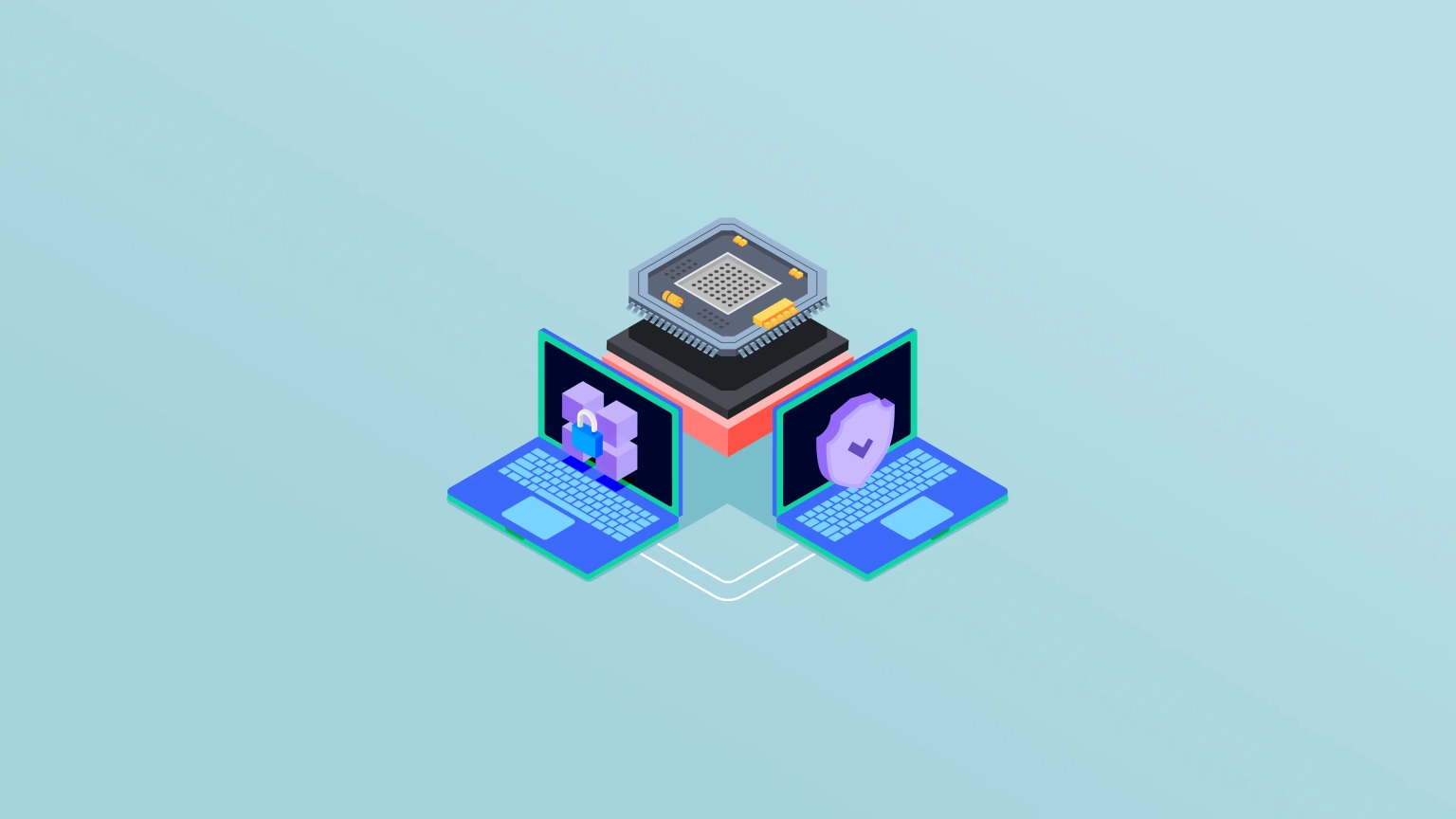
Collaboration between Neptune Mutual and SushiSwap
Explore Neptune Mutual's ongoing collaboration with SushiSwap offering several benefits.
Youtube Video
Playing the video that you've selected below in an iframe

In this blog, you will learn about the various uses of Artificial Intelligence in DeFi.
Artificial Intelligence (AI) isn't new, but tools such as ChatGPT have made AI much more accessible to the general public and to app developers. Instead of being reserved only for academics and those working at organizations with vast amounts of computing power, AI is now accessible to anyone with a computer and an Internet connection. The DeFi and cryptocurrency industries, already ones where people love to push the boundaries of technology, are natural adopters of this new wave of AI.
There's a growing trend for cryptocurrency teams to integrate AI into their projects. Singularitynet's AGIX and Fetch.ai's FET are two examples of tokens associated with AI projects benefiting from the recent increase in interest. But how exactly are projects using AI, and how could DeFi insurance benefit from this technology?
To answer that question, you first need to understand how this new wave of AI works. If you break ChatGPT down to its simplest form, it's like a Markov chain generator. It "learns" based on parsing vast amounts of data and forms models based on patterns it sees in that data. Blockchain and this type of AI are perfect partners because blockchains record the entire history of the chain.
This information can be combined with other information gathered off-chain to make the user experience better in every way, from the insurance products offered to the way the user interacts with the system. DeFi insurance is already a major industry, with a $317 million Total Value Locked in insurance pools as of March 16th, 2023. For cover pools to continue to grow, DeFi must develop, innovate, and become more accessible for users to purchase cover and provide liquidity; these are areas that AI can assist with.
Traditional DeFi UIs are far from easy to use despite the fact that good UI matters. Today, tens of thousands of tokens are spread across numerous blockchains, each of which may have multiple layers, and this complexity drives many users away. AI could be employed to refine the user interface. For example, it could look at fees and congestion on certain chains and steer the user towards less costly transactions. Alternatively, AI could "intelligently" re-order a user interface, making certain features more prominent based on the user's previous interactions with the app, reducing the likelihood of the user making a mistake by sending a transaction to the wrong chain or buying the wrong token for their needs.
AI-driven DEXes (also called DEX aggregators) like Hera Finance make it easy for users to take part in cross-chain DeFi. Not only does this make the marketplace more accessible for users by simplifying the process of converting between tokens on different chains, but it could also drive the growth of the DeFi insurance sector, helping to underwrite capital more efficiently.
Risk pricing is the most significant challenge insurance providers face. Insurers must find the balance between offering pricing attractive enough to secure customers but also sufficient to ensure they can pay out on legitimate claims and remain profitable. AI-powered data models can parse vast amounts of information quickly and accurately, making risk assessment and pricing a data-driven process. Generative AI is something insurers in both TradFi and DeFi are exploring thanks to its potential to pull new insights from the data insurance providers are already gathering.
Another challenge insurers face is deciding which claims to approve. Today, many pools use a discretionary model rather than a parametric one. Discretionary models require claims to be assessed individually, and this requires a significant time investment from the insurance provider's staff and may not scale as interest in DeFi grows. Parametric models offer a faster and more scalable way of assessing claims to help streamline the insurance process for businesses and clients.
Security is essential for any DeFi project. By the time a breach has been noticed, it's most likely far too late. DeFi is big business; attackers work at every level, from DNS spoofing to social engineering. DeFi projects have to think about front and back-end security and the security of wallets and smart contracts. Predictive analytics and AI security tools can monitor smart contract interactions and traditional web services, alert security teams to potential breaches, and allow them to fix issues before they become a problem.
Tools such as Hypernative and Lossless Aegis monitor the whole Web3 ecosystem, providing an extra layer of protection above what traditional firewalls and endpoint security systems offer. They help Web3 projects keep their platforms secure at the app and website level and examine what's happening at the smart contract or on-chain level.
Of course, even with the most careful precautions, something can still go wrong. Parametric insurance cover pools like the ones we offer at Neptune Mutual reassure end users, and they can help CeFi, and DeFi projects mitigate risks and protect their reputations.
If you'd like to know more about how Neptune Mutual drives the future of DeFi insurance and how our tools can integrate with your project, contact us today to arrange a meeting with our team.